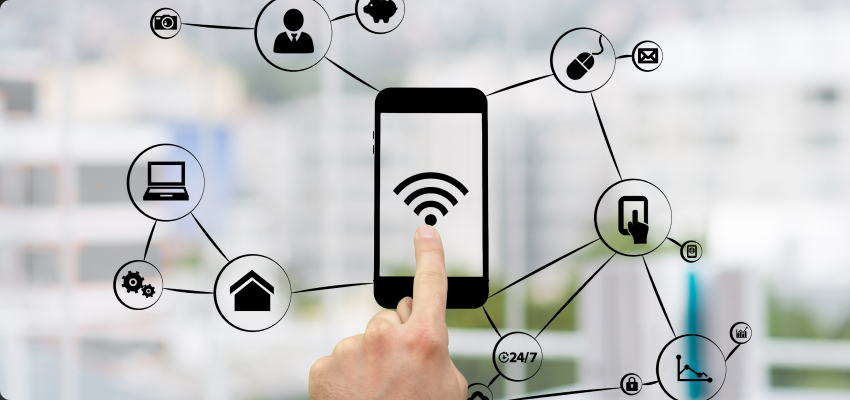
Troubleshooting Tips for Networking Issues
Networking issues can be frustrating, especially if you rely on a stable and reliable internet connection for work or personal use. Whether you're experiencing slow internet speeds, connection drops, or other problems, it's important to know some basic troubleshooting tips to identify and fix the issue. In this blog post, we'll discuss some common networking issues and how to troubleshoot them.
1. Slow Internet Speeds
Slow internet speeds can be caused by a variety of factors, including network congestion,
outdated hardware, or software issues. You can try the following troubleshooting steps to
improve your internet speed:
• Check your Wi-Fi signal strength: If you're using a
Wi-Fi connection, ensure that you're close enough to the router and not experiencing signal
interference from other devices or objects.
• Run a speed test: Use an online speed test tool to check
your internet speed. If the speed is slower than what you're paying for, contact your internet
service provider.
2. Connection Drops
Connection drops can be caused by a weak Wi-Fi signal, outdated hardware, or software issues.
You can try the following troubleshooting steps:
• Restart your modem and router: Like slow internet
speeds, restarting your modem and router can often fix the problem.
• Check your Wi-Fi signal strength:If you're using a Wi-Fi
connection, ensure that you're close enough to the router and not experiencing signal
interference from other devices or objects.
• Update your network drivers:Outdated network drivers can
cause connection drops. Check for updates and install them if available.
• Check for malware: Malware can cause connection issues.
Run a malware scan and remove any threats.
3. Can't Connect to the Internet
If you can't connect to the internet at all, it may be due to a problem with your modem or
router. Try the following troubleshooting steps:
• Restart your modem and router: This may fix the
problem.
• Check for any outages:Contact your internet service
provider to check if there are any outages in your area.
• Check your network settings:Ensure that your computer or
device is configured to connect to your network.
4. Limited Network Connectivity
Limited network connectivity means that your device can connect to the network, but you can't
access the internet. You can try the following troubleshooting steps:
• Restart your modem and router: This may fix the
problem.
• Check your network settings:Ensure that your device is
configured to connect to your network and that the correct password is entered.
• Update your network drivers:Outdated network drivers can
cause limited network connectivity. Check for updates and install them if available.
• Reset your network settings: This can often fix the
problem. Go to your device's network settings and choose "Reset Network Settings."
In conclusion, networking issues can be frustrating, but many problems can be solved with simple troubleshooting steps. Restarting your modem and router, checking your Wi-Fi signal strength, and updating your network drivers is just a few basic steps you can take to resolve common networking issues. If you're still experiencing problems, Contact Geekify our experienced geeks go you all covered.
Categories
Computer Recycling Vs Data Recover
Cyber Security
Email Configuration
Tecnical Services
Photo & Data Recovery
Home WI-FI Netwoeks
Tips For Good Computer Health
Most Popular

Data Backup and Restore The Best Storage Devices for 2023

Data Backup and Restore The Best Storage Devices for 2023

Data Backup and Restore The Best Storage Devices for 2023





